Costa Rica has never been on our radar for a place to live in retirement. We had heard it’s too expensive, that Costa Ricans don’t treat gringos nicely anymore, that it’s too developed, and that it’s too crowded. We found little of that to be true. Granted, we were visiting on a “vacation,” and we stayed in a touristy place and did vacation-y things like parasailing, but we enjoyed everything.
We flew into the capital, San Jose, which has a nice airport, but were a little taken aback that it took an hour to get through immigration. The place was packed with Americans, Brits, Germans, French, and Spanish speakers of many accents. We practiced Spanish on our phone apps while in line, which made the time go somewhat faster.
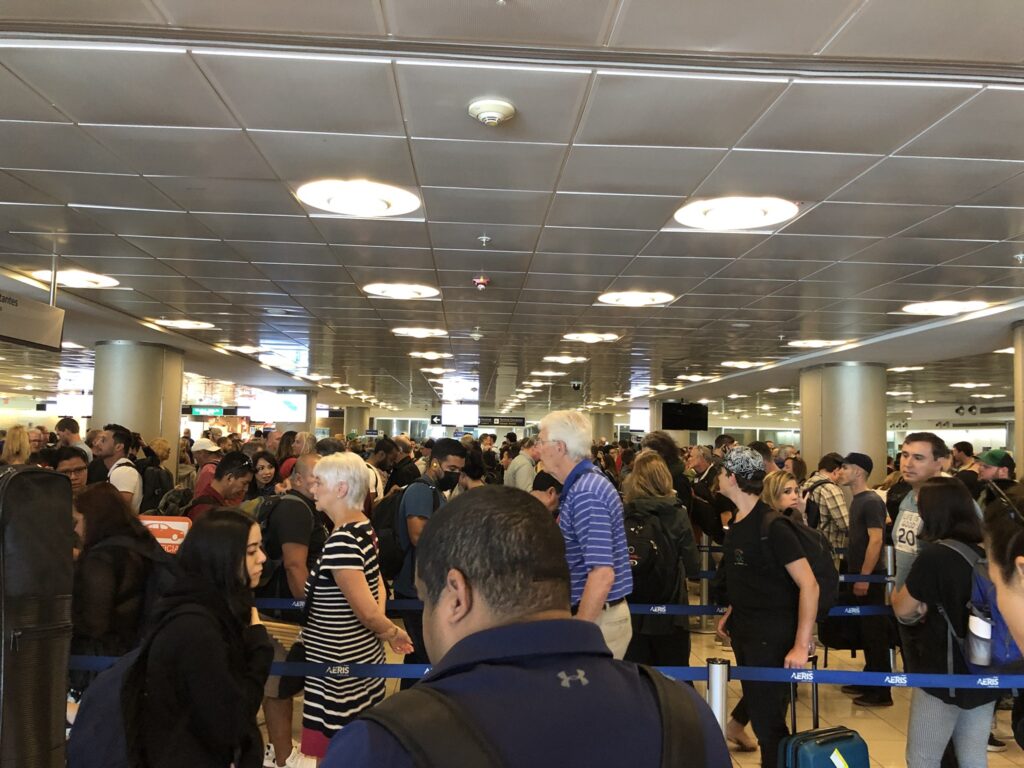
Interestingly, almost everyone we met in the service industries—airport, rental car, hotel, restaurants, taxi and bus drivers—spoke English. One of our cab drivers explained that thirty years ago English became mandatory for elementary and secondary school children, part of the country’s efforts to cater to tourists. Most folks rather indulgently let us practice our Spanish with them, but knowledge of the language wasn’t in the least bit necessary.
One difficulty I did have was the currency. Costa Rica uses the colon, and the official exchange rate was C570 to $1. Panama uses the American dollar; the exchange rate in Belize when we visited was two to one, and in the Dominican Republic, it was 50 to one. That math is way easier!
After picking up the rental car, we drove about three hours, mostly against traffic, to the little beach and jungle town of Manuel Antonio, also the name of the nearby parque national (national park) that encompasses a marine sanctuary, gorgeous white-sand-and-turquoise-water beaches, and a dense jungle teeming with wildlife.

Expenses
One of our first considerations when exploring a place is costs. After all, the reason we are on this three-year tour is to find a warm, inexpensive place to retire. Costs in Costa Rica are mixed. Our hotel, https://florblanca.cr/ a very clean, basic place, wasn’t too bad for a resort area, about $75 per night. Some resorts in the area were upwards of $250, and probably didn’t come with a tasty breakfast like ours did, either.
Our rental car was through Economy Rental Car. As in most Latin American countries, the rental was cheap. It’s the required liability insurance, in this case $55 per day, that kills you. Thankfully, we have collision insurance through our credit card that we rented with (and a letter in both Spanish and English to prove it), so we saved on that additional $20+ per day expense.
Food costs are probably on par with the U.S., a little more expensive than Panama City since it’s a tourist area. The variety of restaurants was fun, and every one we tried was good. One, Rafael’s Las Terrazas, our lunch on our first day, was outstanding. The tropical sangria is a must! We also really loved a coffee shop called Café Milago (https://www.cafemilagro.com/). We enjoyed it so much and were so impressed with their story and their ethics (which I encourage you to read about here, https://www.cafemilagro.com/our-story/) that we ended up purchasing several bags of really good coffee from them.
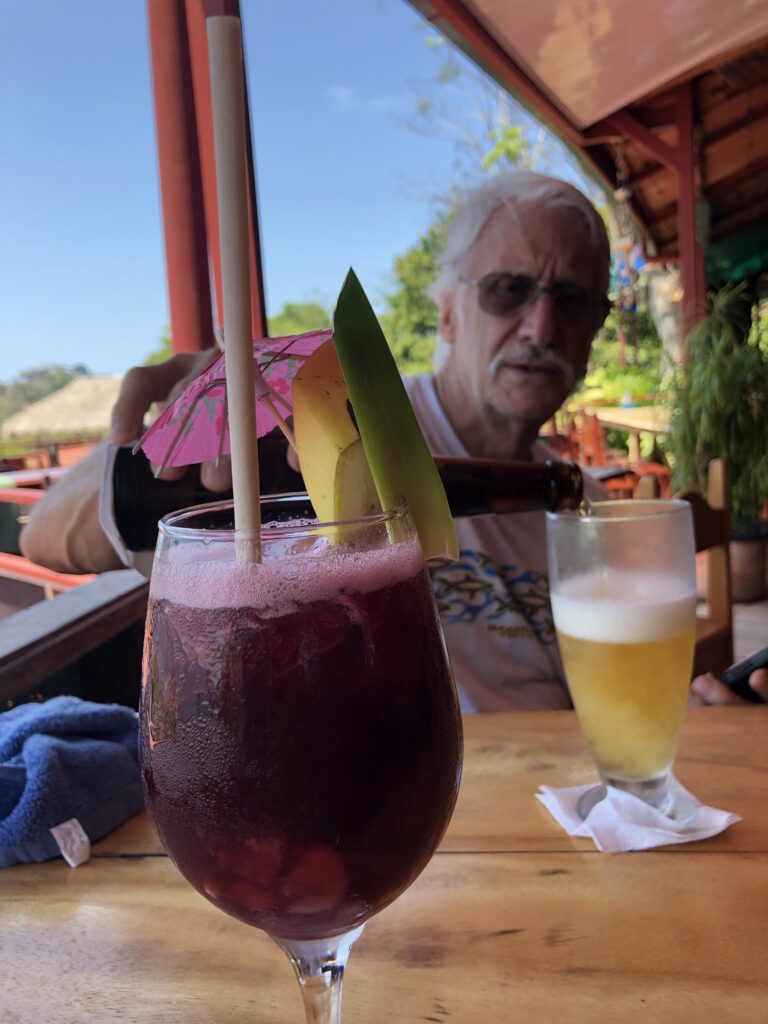
Per our routine when we visit places, we stopped by a real estate office and looked at the places for sale they had taped on the window. We saw everything from huge homes for $1.5 million to a hotel for about half that and a “desperate to sell” condo for $90,000. We could make the latter work.
El Pueblo y El Parque Manuel Antonio
Kevin, the guide for our nature walk through Manuel Antonio park told us that a gentleman named Manuel Antonio came to this little corner of Costa Rica some 80 years ago, opened a bar, and decided the area needed to be preserved for future generations. So, he worked to get the national park created, and when it became a reality in 1972, it was named for him. The story told on https://costa-rica-guide.com/nature/national-parks/manuel-antonio/ is: “The citizens of Quepos [a nearby town] had enjoyed the area for generations until it passed into the hands of a series of developers. When one of them began cutting trees and erecting gates on the road in preparation for constructing a private resort, the locals reacted by requesting the Costa Rican Legislative Assembly to protect the area for all to enjoy. Manuel Antonio National Park is named for a Conquistador who is buried there and was established in 1972 and expanded in 1980.”
I like the first story better. Regardless, if you go, check out the official website for the park, which has great information—and great warnings—and is the best place to purchase tickets for a myriad of tours, including scuba diving. https://manuelantoniopark.com/
The eponymous town that has built up around the park (named in 2011 by Forbes as one of the 12 most beautiful national parks in the world) is full of hotels and hostels and restaurants of all kinds. It has one main road in, which goes up the hill and then down to the beach. Take advantage of those restaurants with sunset views, such as Mango Moon Villa (https://www.mangomoonvilla.com/) and Barba Roja Restaurante (http://barbarojarestaurante.com/). Great drinks, good food, and some of the most amazing views you’ll ever see. You won’t regret it!
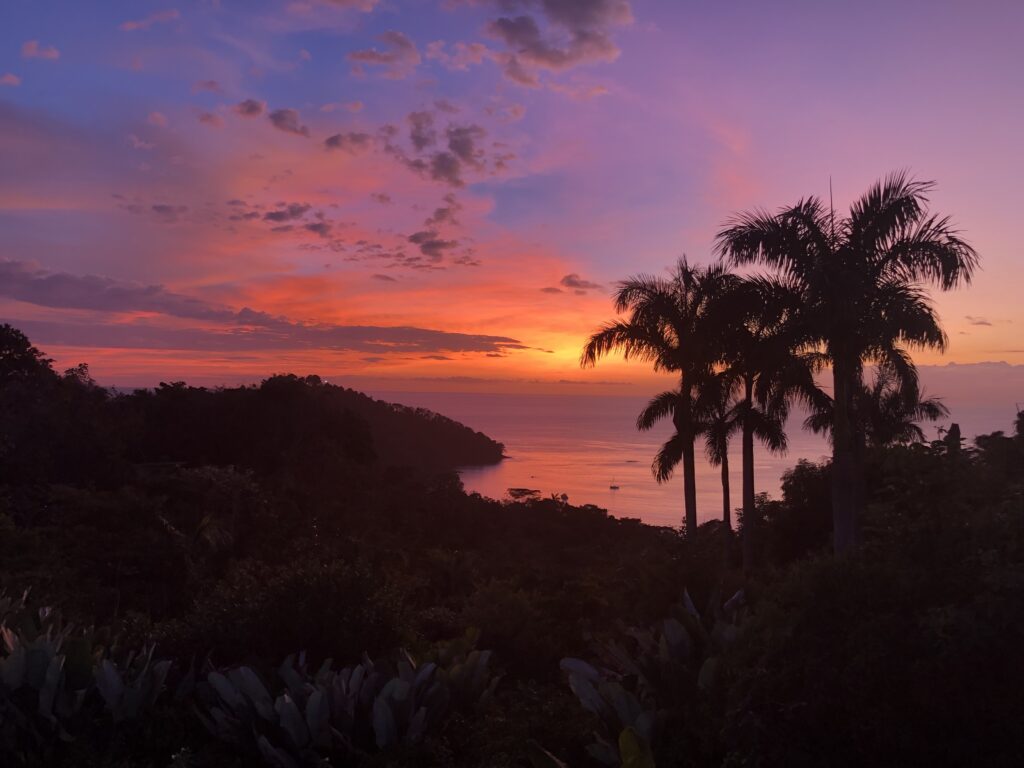
We got kick out of a couple we met at happy hour one night who had been coming to the area for ten years. (Incidentally, in the “it really is a small world” category, he was originally from Raton, NM.) They said Manual Antonio seemed so crowded these days, which we thought was funny after three months of living in Panama City. To us Manuel Antonio and Quepos seemed like quaint small towns. That is, until the next morning when we met several thousand of our closest friends all going on nature hikes in the national park. Seriously, it was jam packed with people that made “nature hiking” seem more like a trek through an urban jungle. Thankfully, each guide had no more than eight or ten people in a group (we had five), so we all got a turn at the scope to see some pretty interesting wildlife.
Wildlife
The homes and businesses of Manuel Antonio are built right into the jungle. Architects have done a nice job incorporating the buildings into the wildness, meaning there’s a lot of jungle everywhere. That means animals live around the people. Monkeys—howlers, squirrel monkeys, and white-faced capuchins—use the electrical wires to get from place to place. Many home and business owners have also strung sturdy ropes overhead to keep the critters from walking on roads. The monkeys are fun to listen to and to watch, especially as they leap from wire to tree or vice versa. They don’t seem to let people bother them much.
However, the white-faced capuchins at the beach at the national park own the place. One monkey will pose for photos, distracting people, and the others will raid their bags for food. As a result, the park rangers are quite strict about what sorts of food items can be brought into the park. No peanuts, no granola bars, no chips, for starters. The grocery stores just outside the park entrance conveniently sell sandwiches and salads that are allowed.
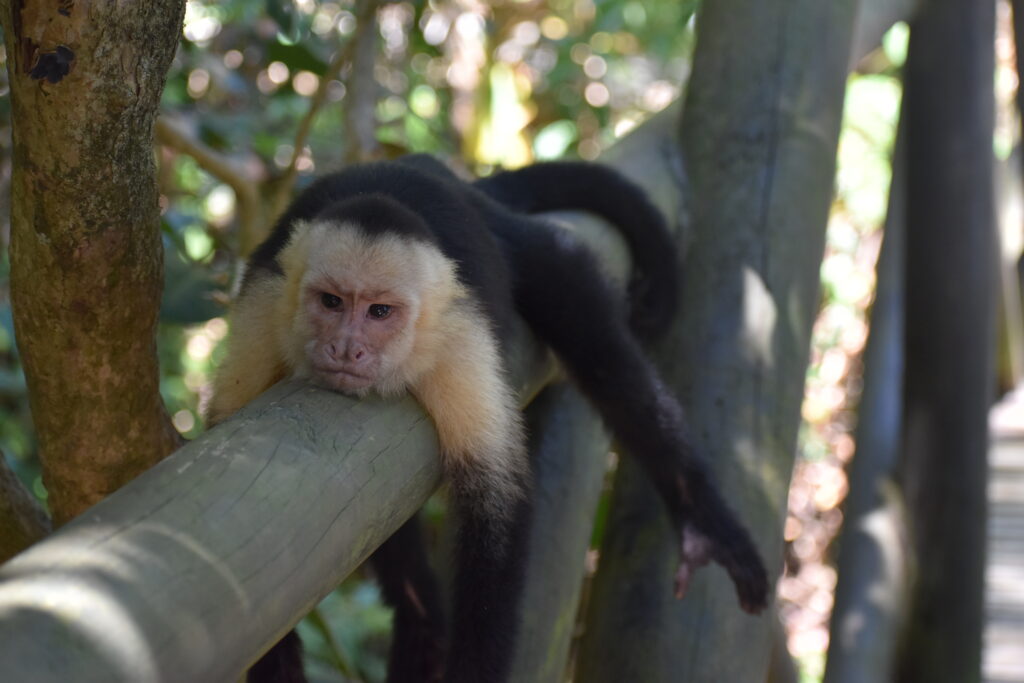
Sloths routinely show up in just about any tree at any time. In spite of their reputation for laziness and even though they sleep up to 18 hours a day, sloths also move around quite a bit. One that visited the tree across the street from the hotel one day was not there the next, and the little guy we saw on an accidental hike wasn’t in his tree when we returned. The ones we saw on our nature walk at the national park looked mostly like old rugs thrown into the trees, just like our first sloth at Parque Metropolitano Natural in Panama City (http://heathers6wadventures.com/bosque-encantado-enchanted-forest/)
We saw many iguanas and the famous Jesus Christ basilisk (it walks on water). We also saw a sleeping red-eyed tree frog, a red-winged grasshopper that’s famous for being a “protein bar” for monkeys, and many dragonflies and mariposas.
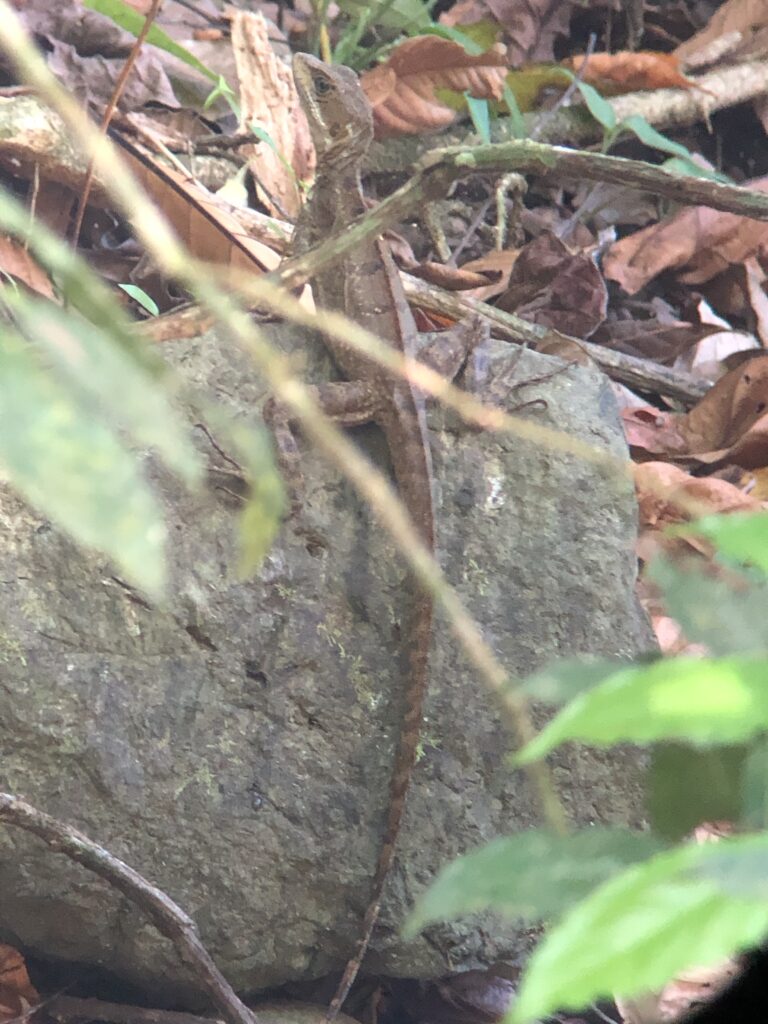
Jesus Christ basilsk 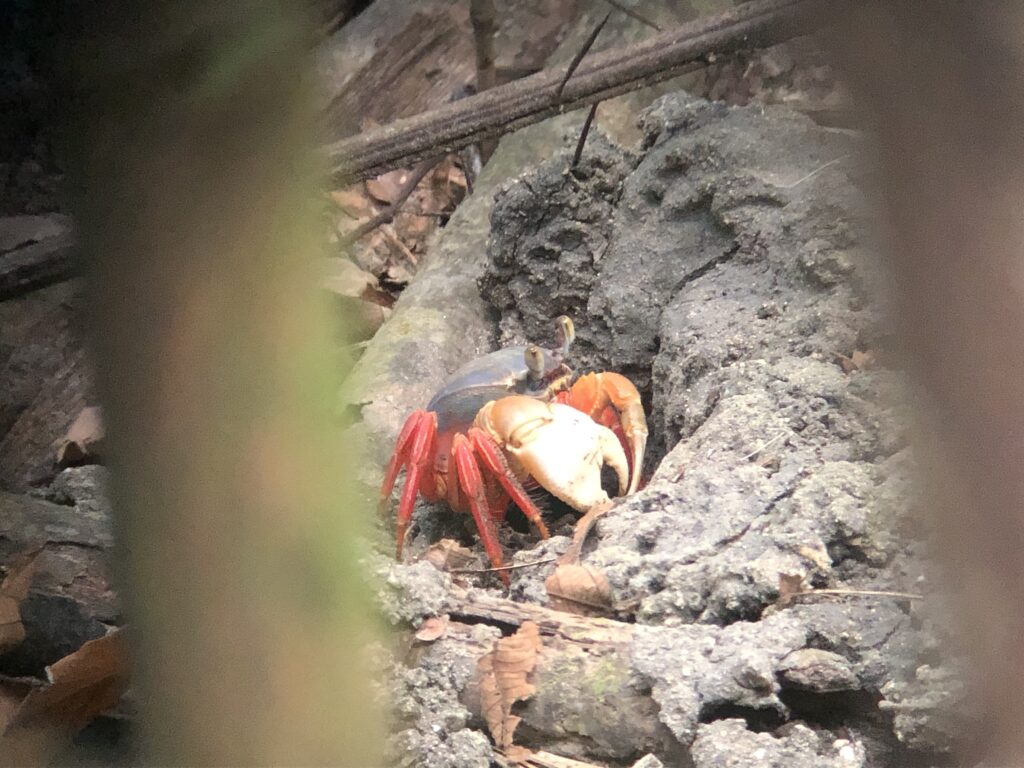
Land crab
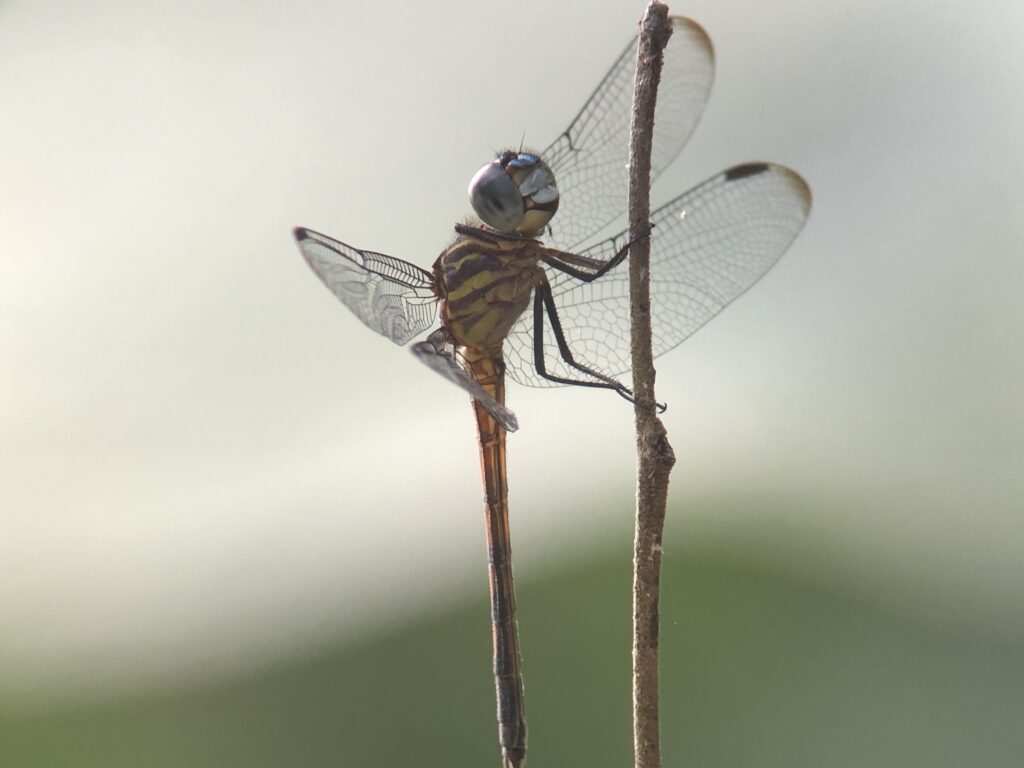
Posing dragon fly 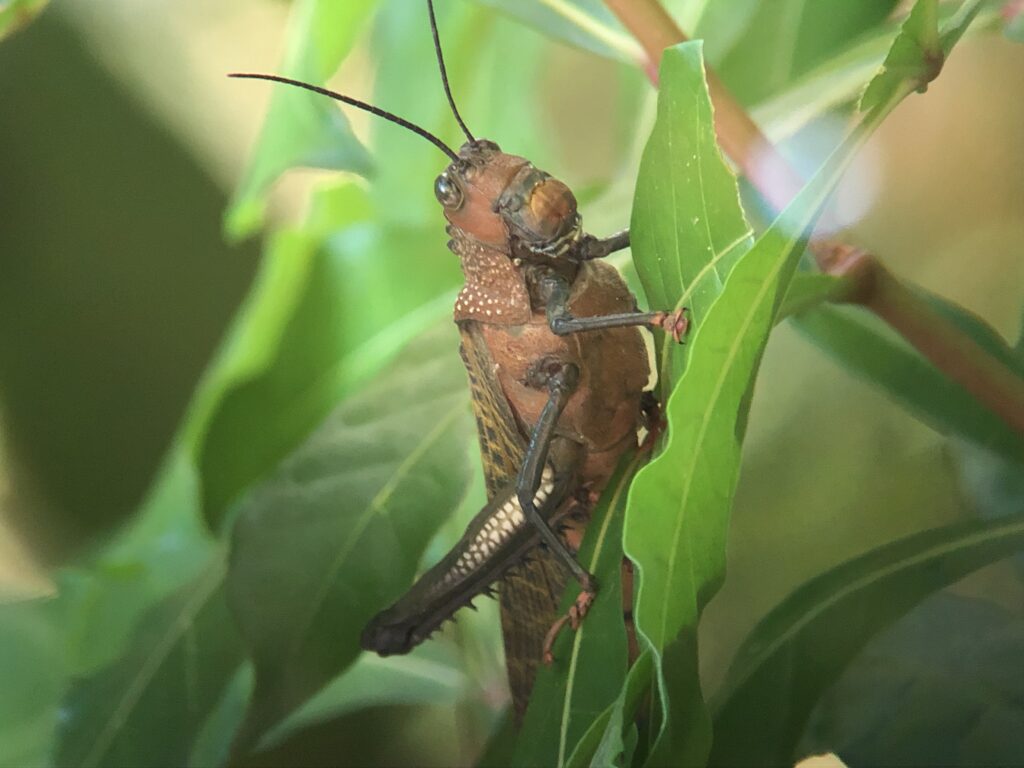
Big red protein bar for monkeys
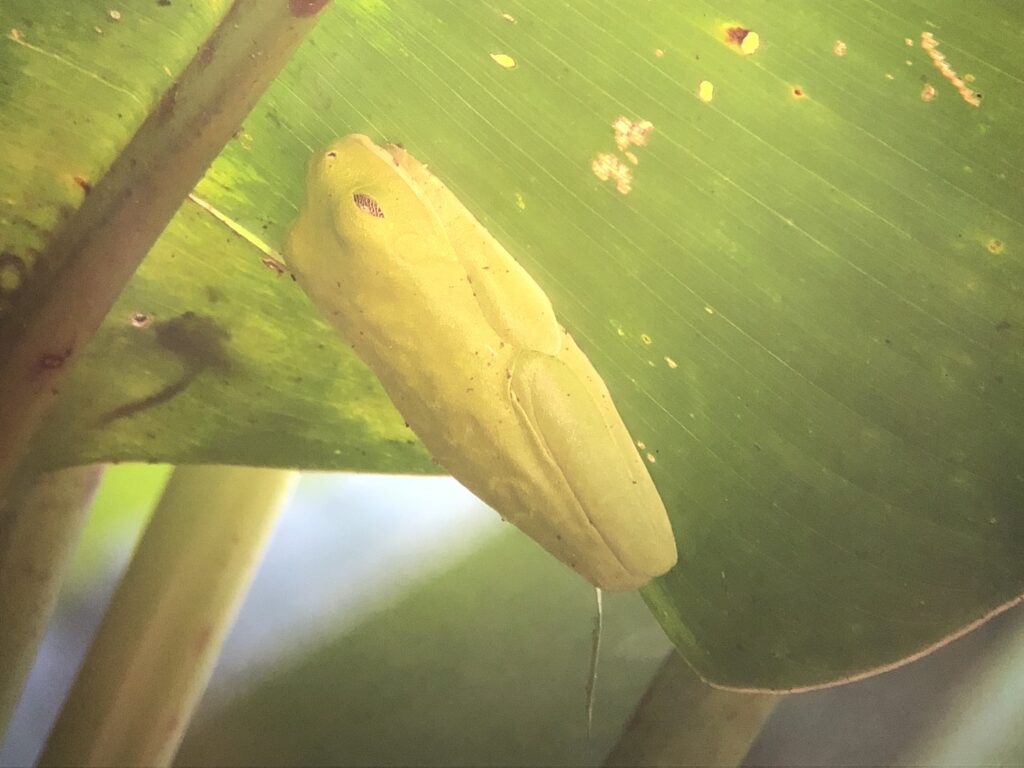
And the birds? Well, I always say any day birdwatching is a good day, some are just more spectacular than others. A day when you get to see ten scarlet macaws (and even catch a few photos), discover a flock of fire-billed aracaries, learn about chachalacas because a flock flies over, see Baltimore orioles eating some sort of tropical berry, and get serenaded by a summer tanager, it’s a spectacular day. The birds were everywhere, and were colorful, energetic, noisy, and fun. With over 800 species, like Panama, Costa Rica has a lot of birds to offer.
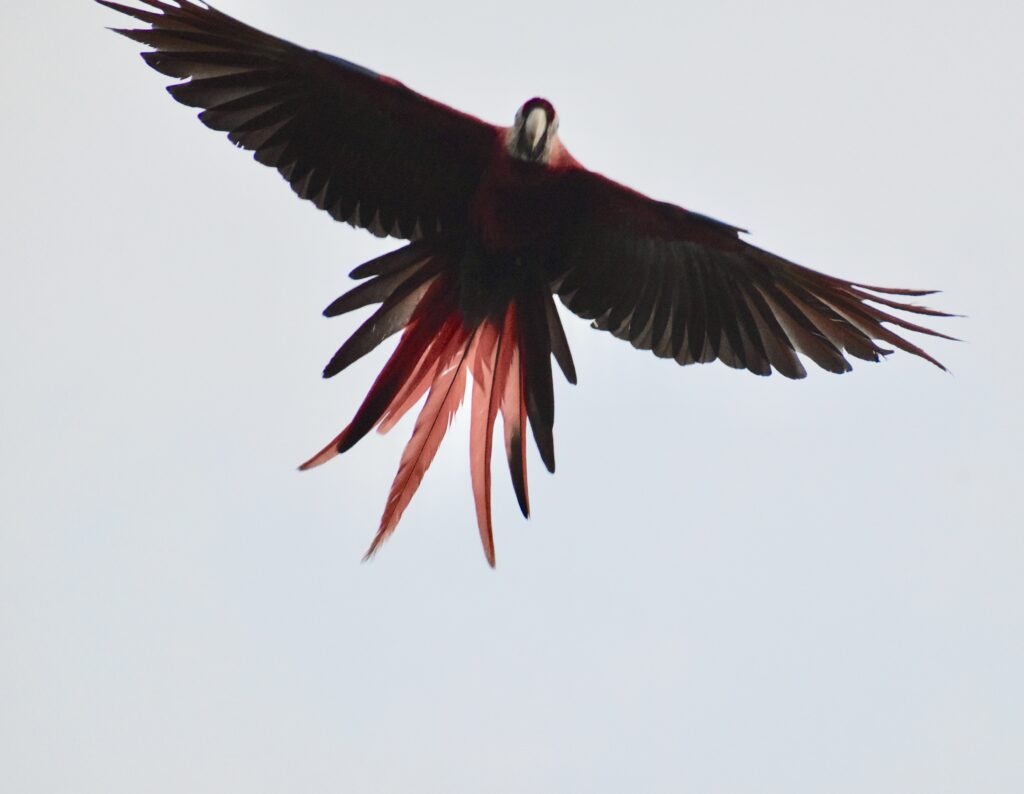
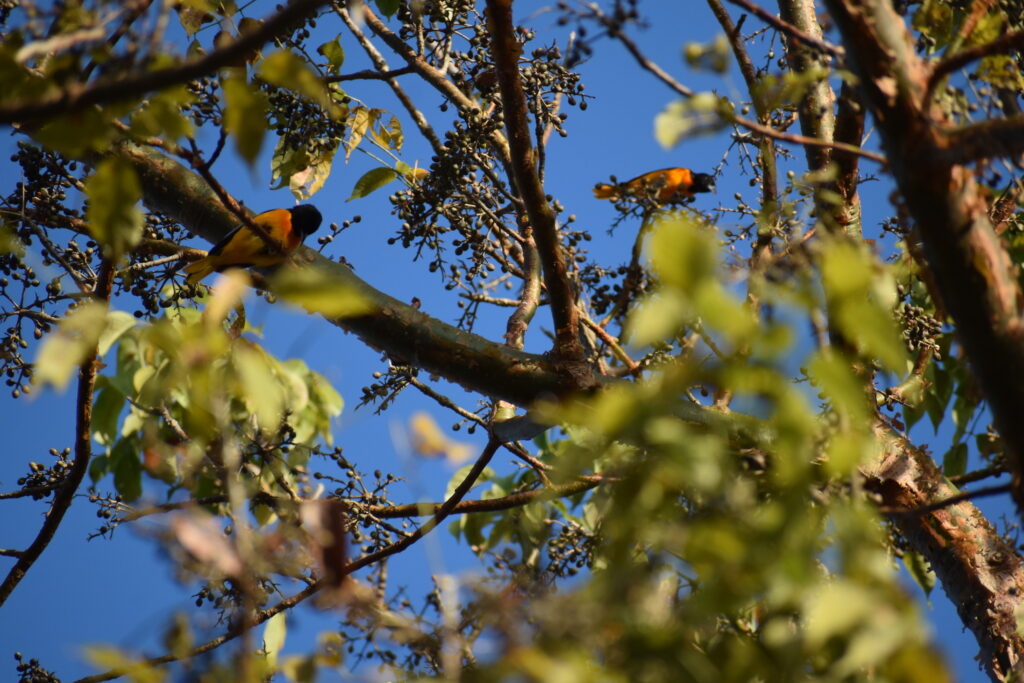
Baltimore orioles 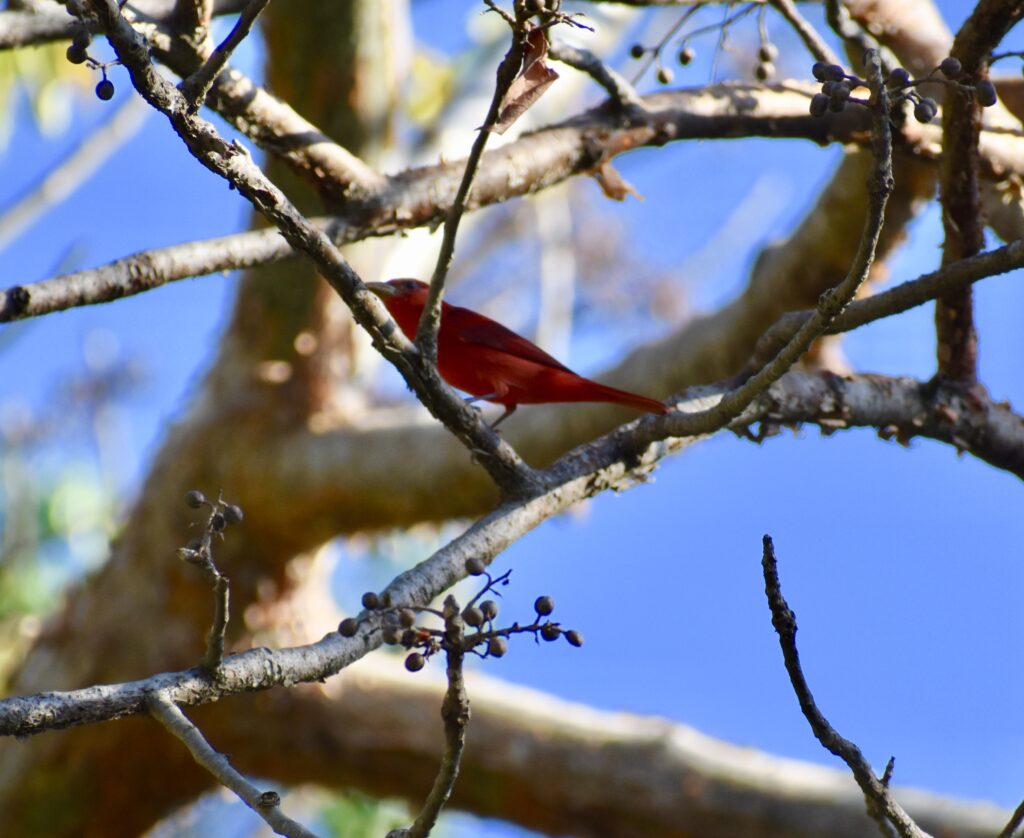
Summer tanager
Activities
The area has just about anything everyone in the family might want to do on a vacation: Hiking, mountain biking, zip lining, parasailing, jet skiing, snorkeling and scuba diving, sea kayaking, hanging out on the beach doing nothing, landscape or wildlife photography, good restaurants, fun happy hours, and many interesting people. Go have fun!
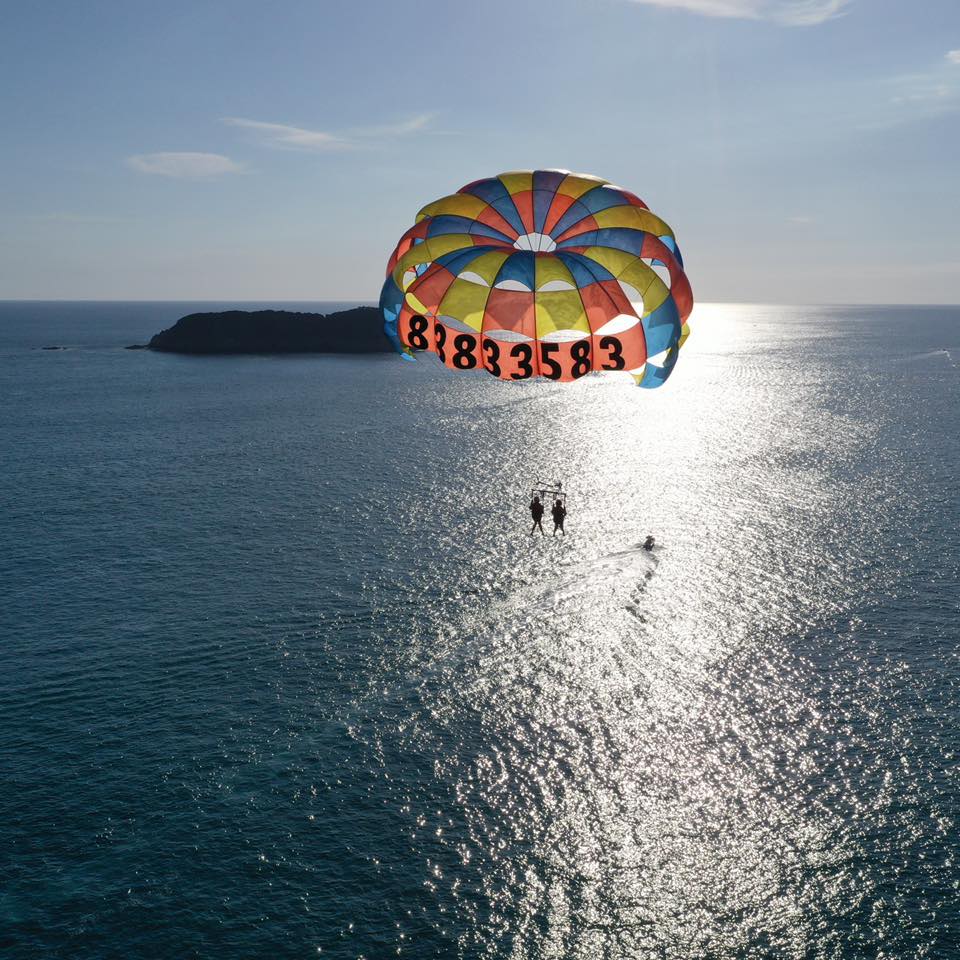
Costa Rican Clean
Finally, I have to note how strikingly clean Costa Rica is. After three and half months of living in Panama City, which is working on it but still has a big trash problem, we were amazed by the cleanliness of Costa Rica. Plastic bags didn’t hang off trees. Plastic bottles did not line the roadways. The beaches and coastal waters were pristine. Costa Rica is into recycling and sustainability. The country decided thirty years or so ago it was going to make a living off of its ecology, and it’s doing a great job, at least from what we saw, of preserving and protecting its most important resource.
We look forward to returning and exploring more.
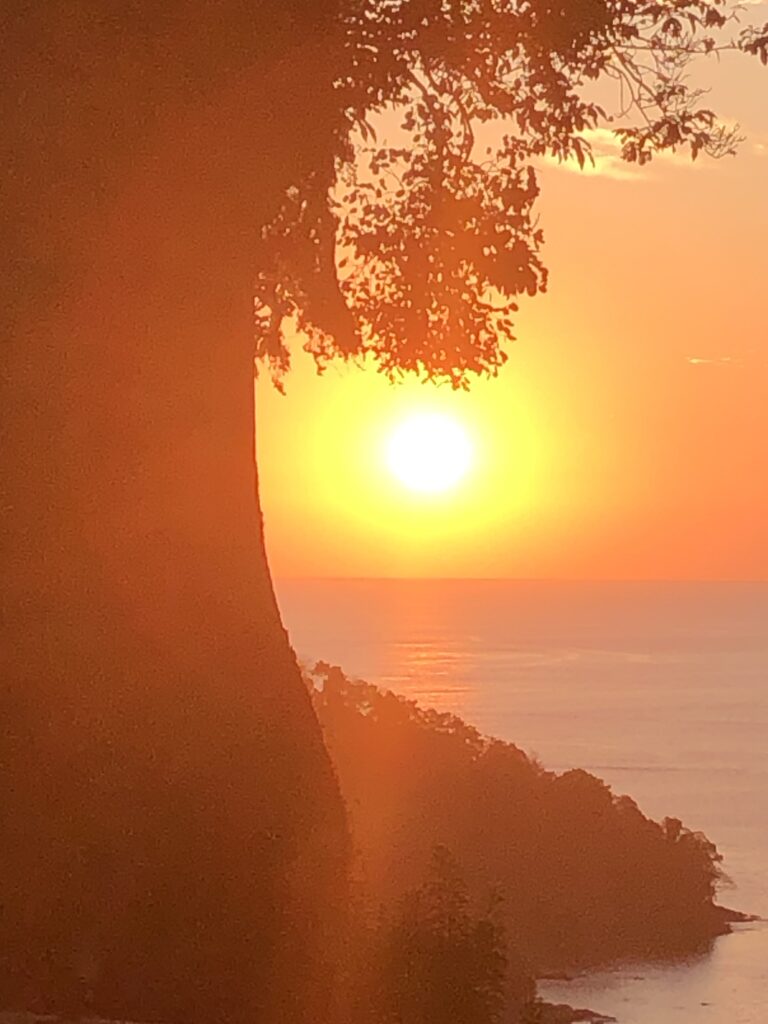
Sunset from Mango Moon Villa
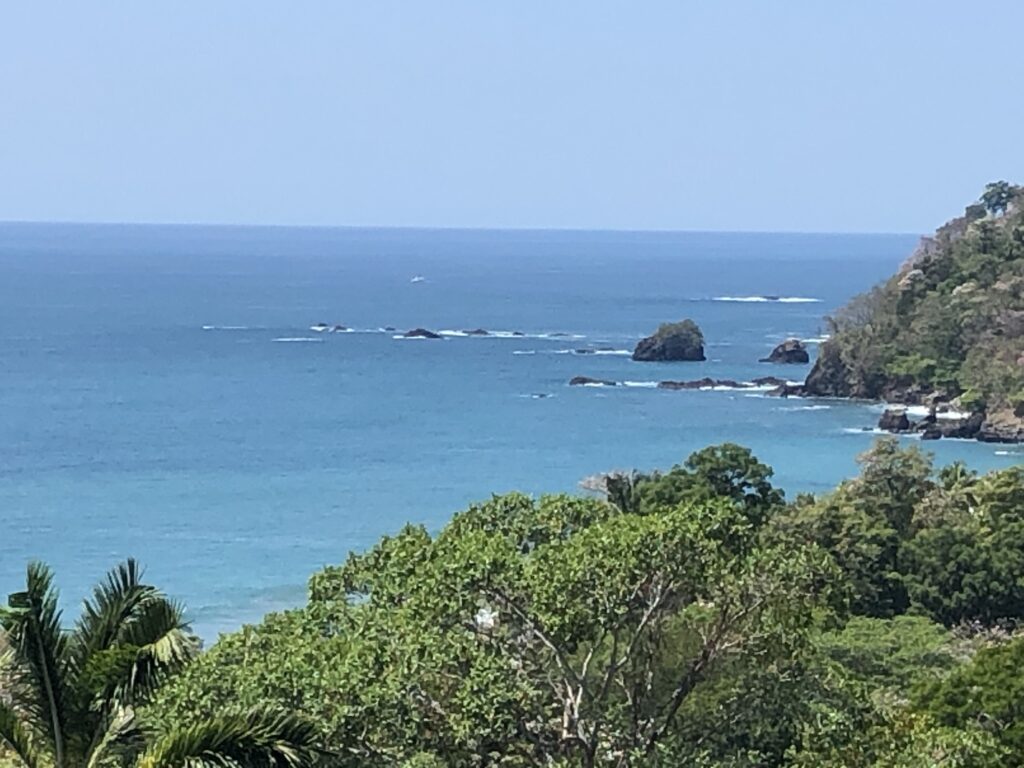
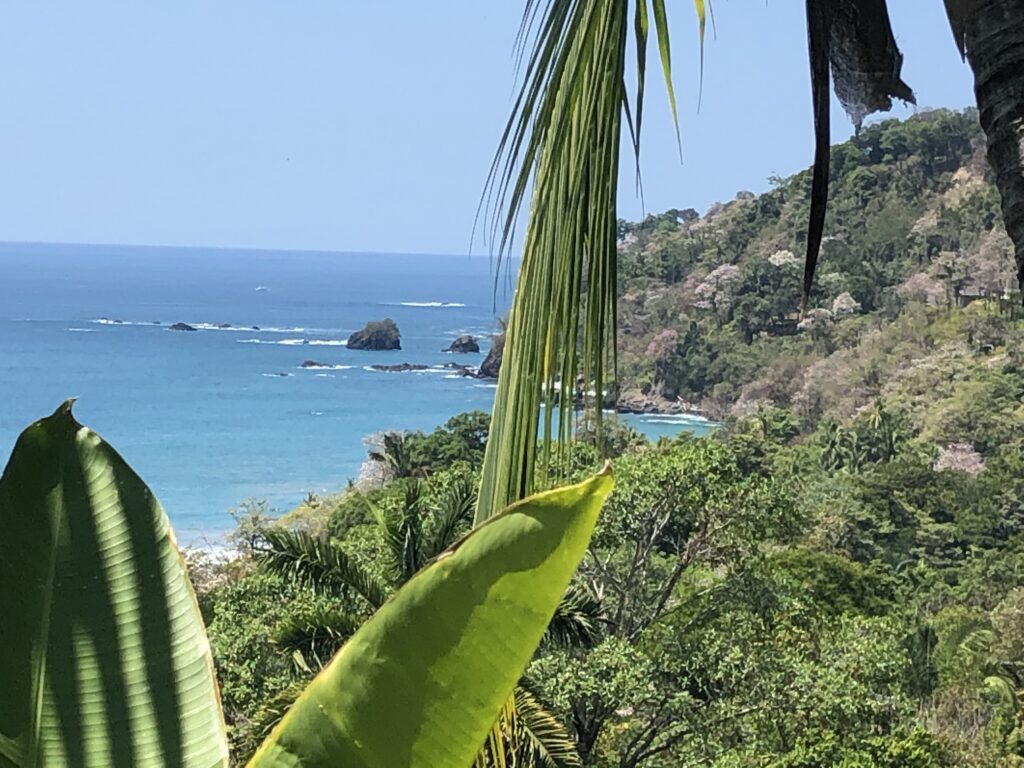
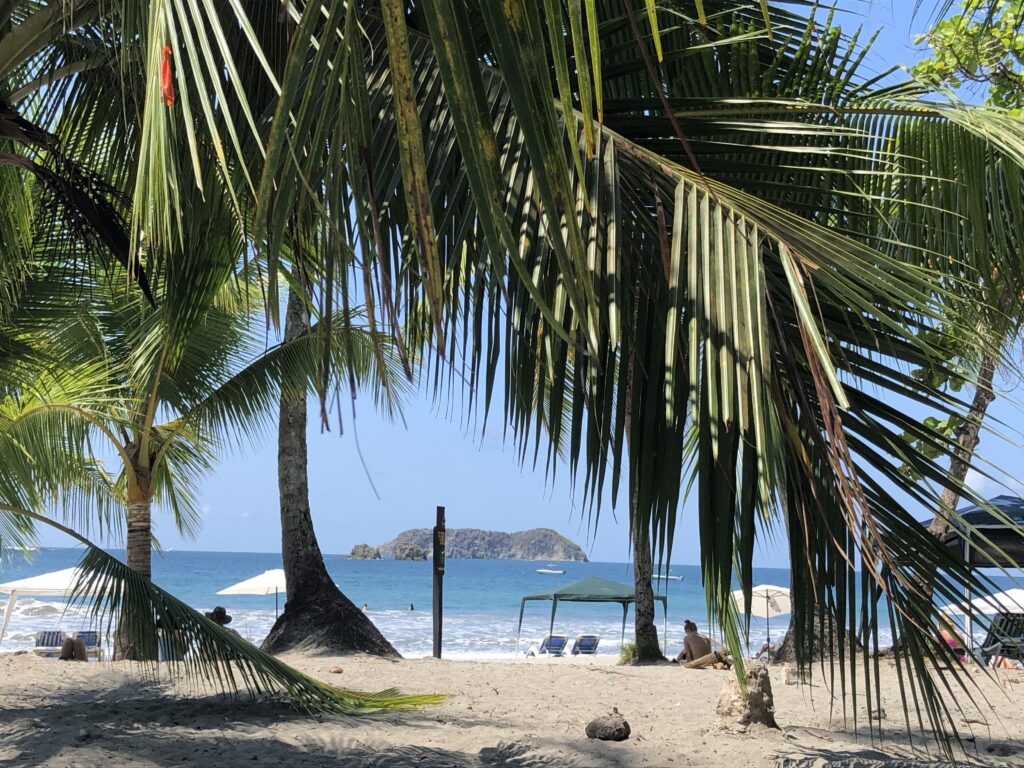
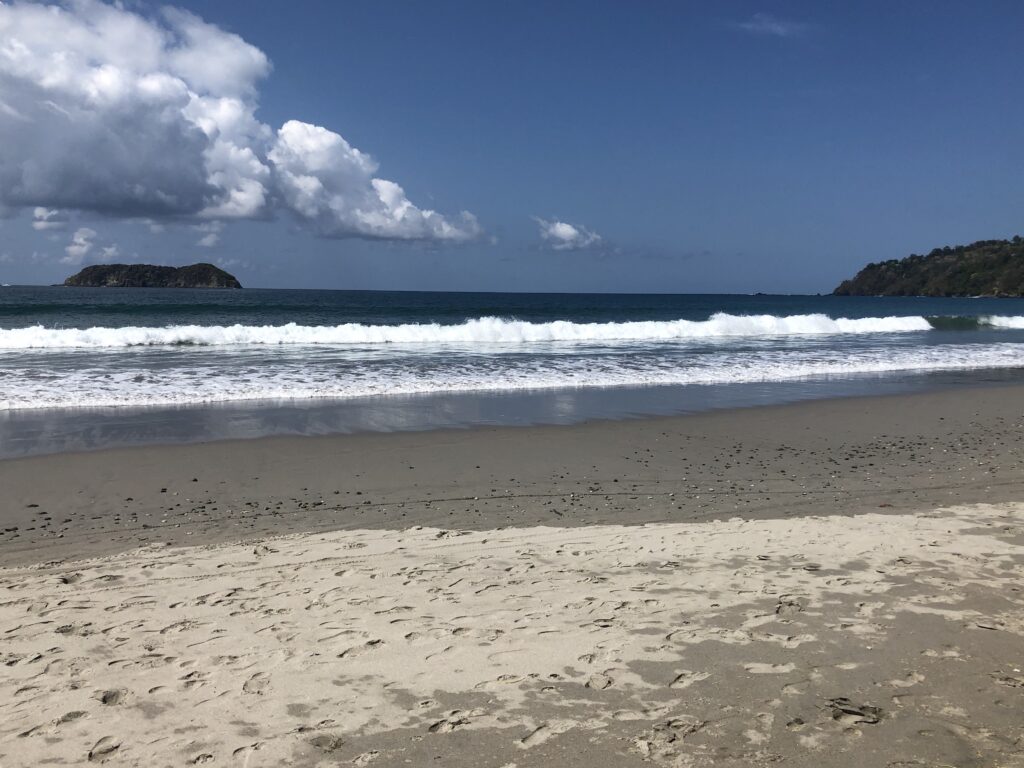
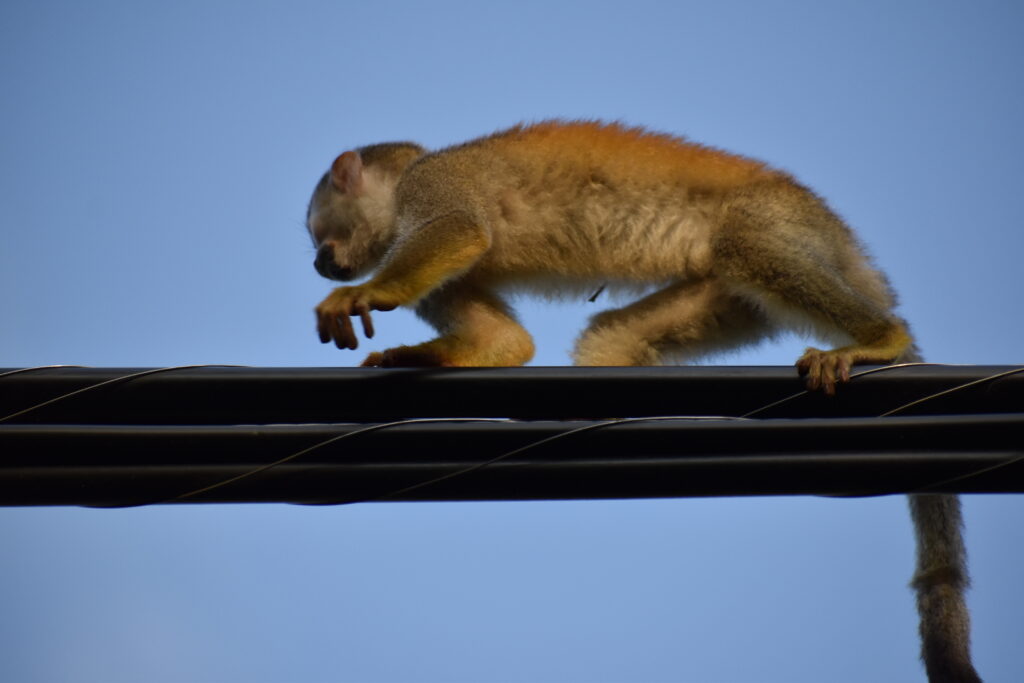
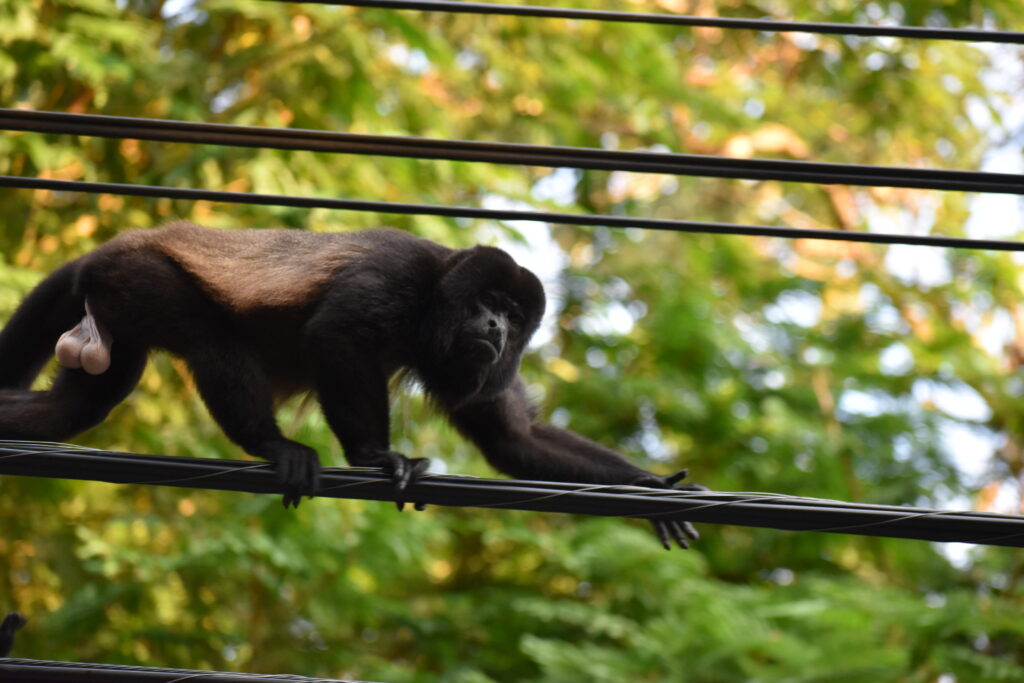
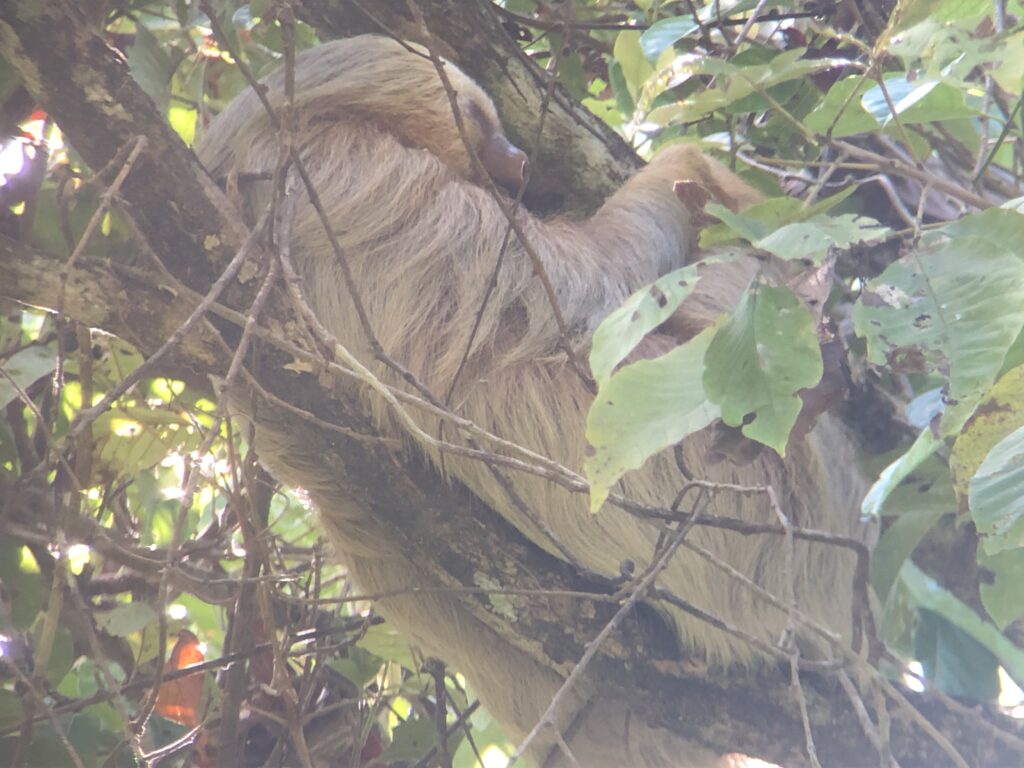
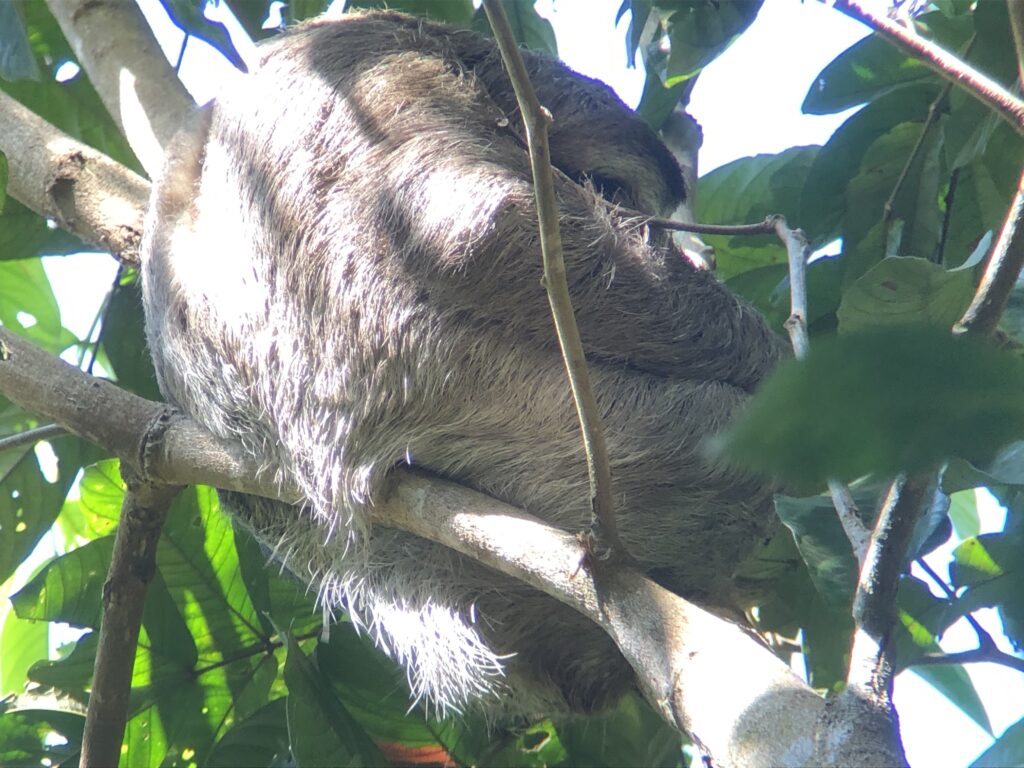
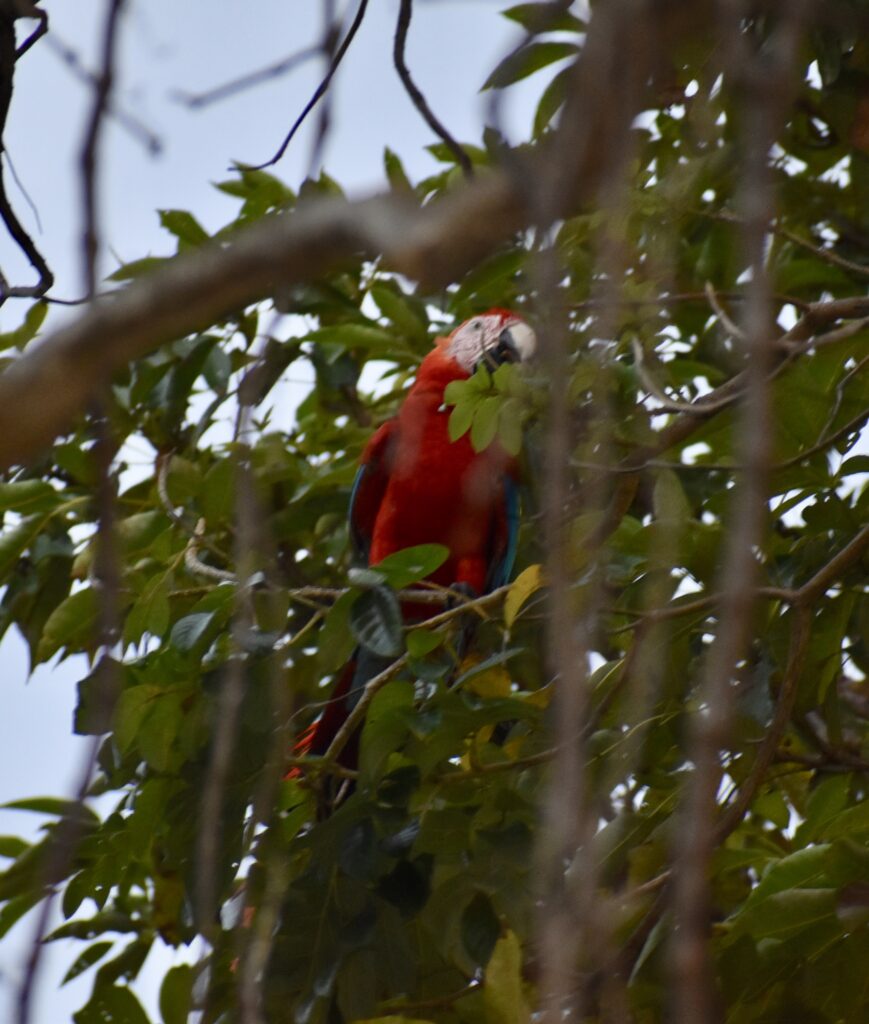
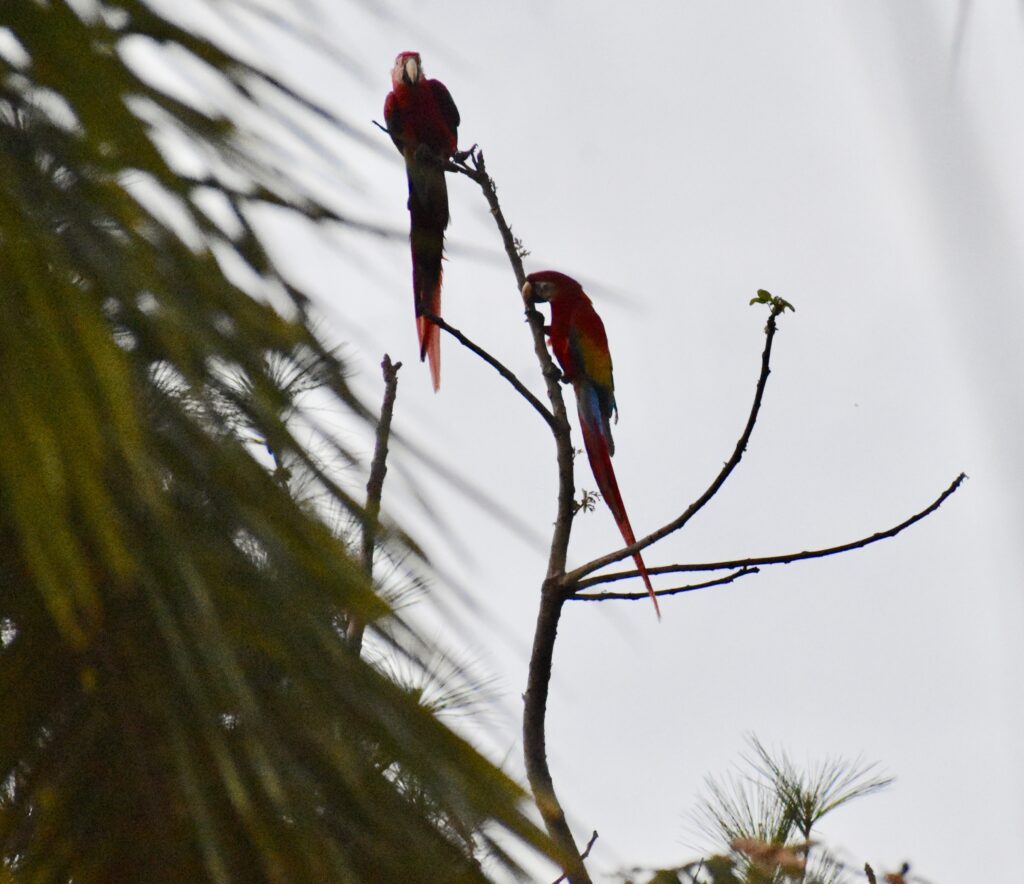
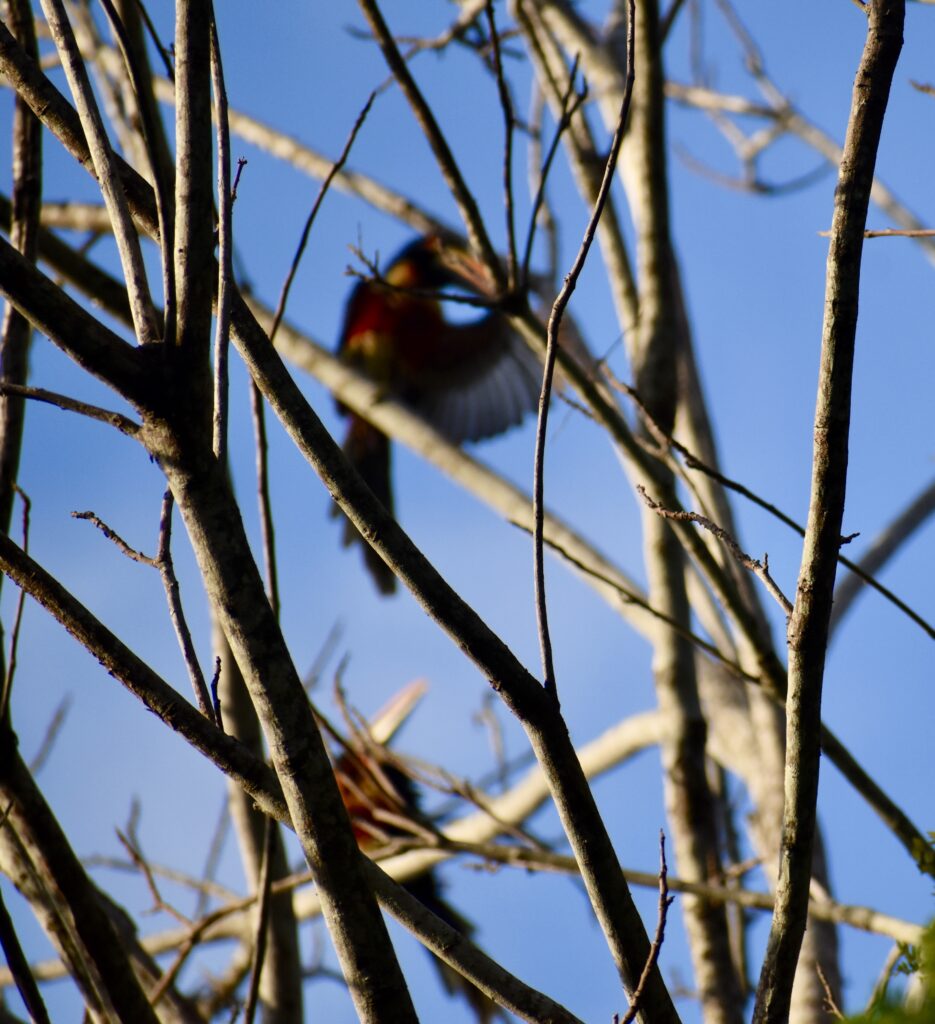

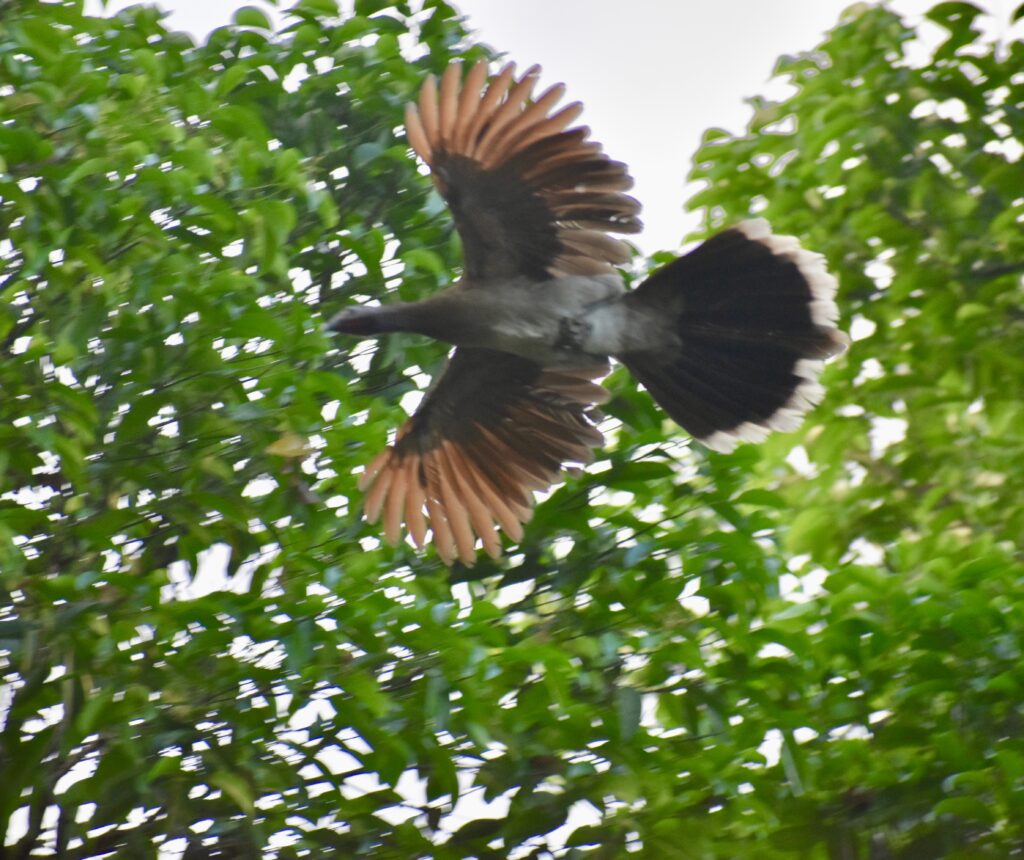

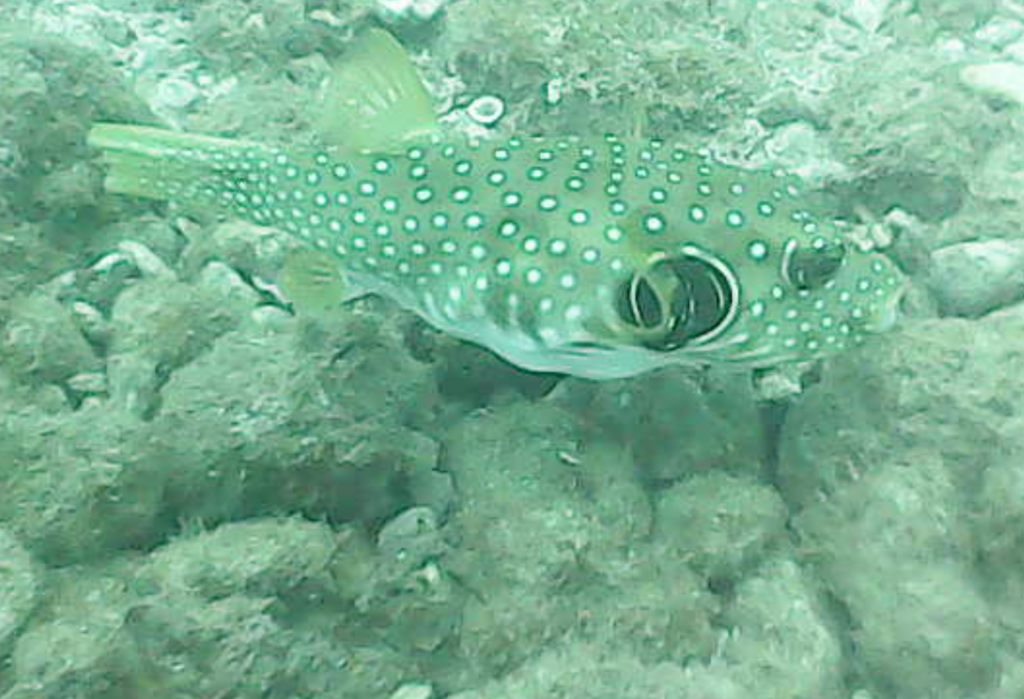
I really enjoyed this. I would like to visit there now. Beautiful photos!
We were surprised and impressed — and we look forward to visiting more places in Costa Rica in the future. There’s a volcano to explore (although I think the national park around it is closed right now because…it’s an active volcano).